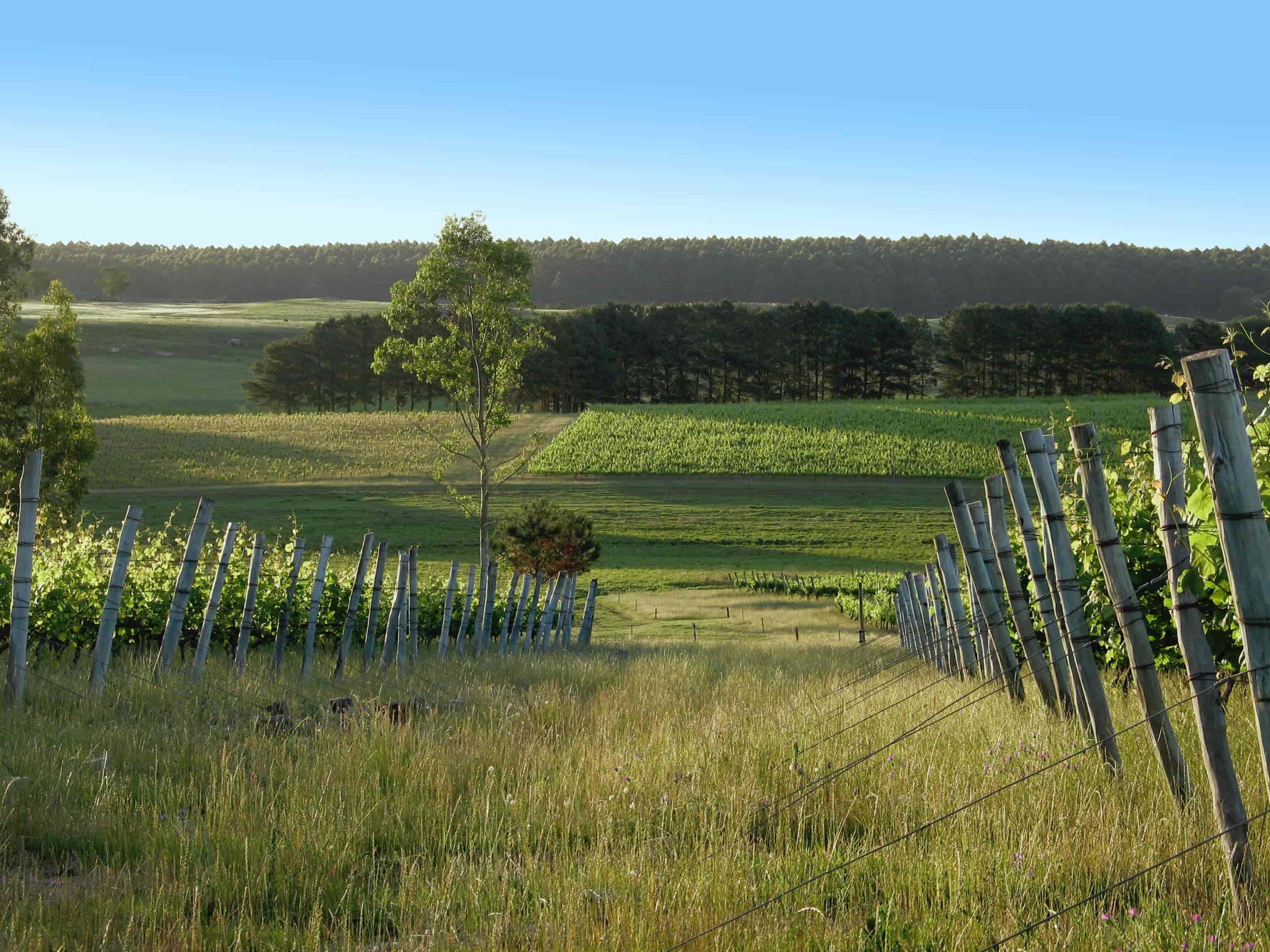Uruguay has much more to offer than just Canelones and Maldonado… there are also a host of wine regions in central and northern Uruguay. Get to know these off-the-radar regions in our guide to Rivera, Salto, Durazno & beyond.
Guide to Central & Northern Uruguay’s Wine Region
Sub-regions in Central & Northern Uruguay
Notable Producers
Best Wines to try
Map of Uruguay’s wine regions
Guide to Central & Northern Uruguay’s wine region
Although nowhere near as well-known as Canelones, many consider the northern region of Salto to be the birthplace of Uruguayan Tannat. After all, it was here, in this north-western province that shares rivers, waterways and expansive pampas with Argentina, that Tannat is believed to have first been planted by Pascual Harraigue.
Salto boomed in the early 20th century and had 124 vineyards during its heyday so the 60-odd hectares you find in Salto today are a mere shadow of the region’s former vineyard area. Nevertheless, these northern and central wine regions of Uruguay together account for almost 5% of Uruguay’s production and offer a very different dimension to the otherwise very coastal wine scene.
These wine regions have much warmer average temperatures than the coastal regions further south and, although this can present challenges for making fresh white wines, it brings benefits when it comes to ripening and rounding the tannins of the red wines. Northern and central Uruguay can be capable of producing attractively supple red wines with full body and a softer, more feminine structure, and are especially renowned for good quality in late-ripening varieties like Tannat and Cabernet Sauvignon.
